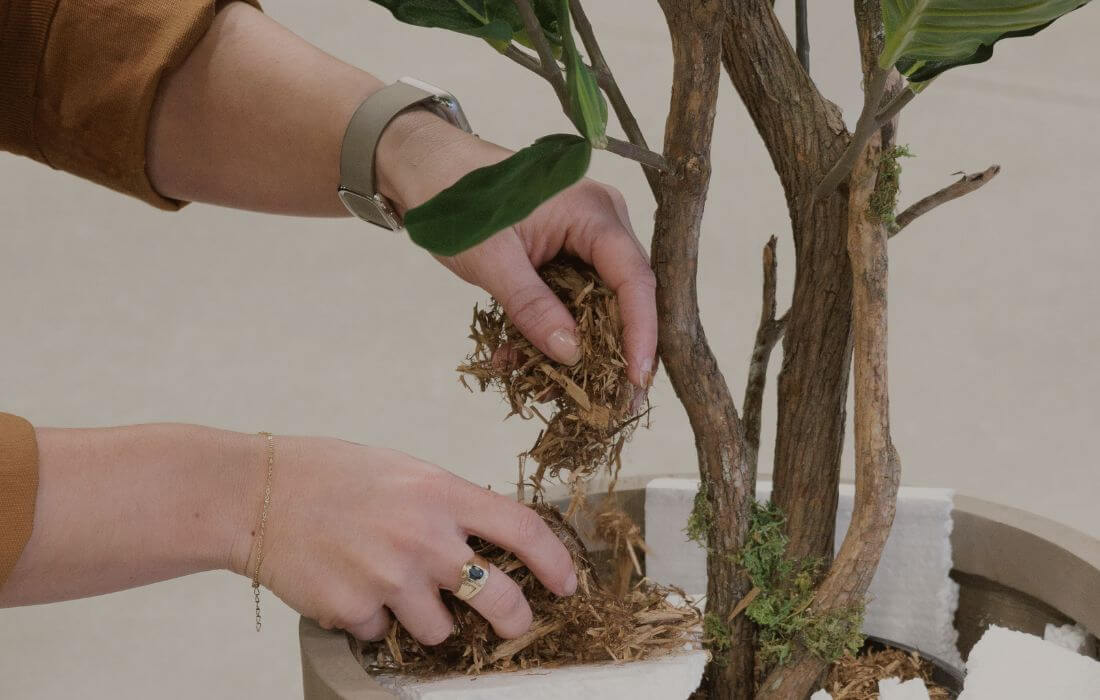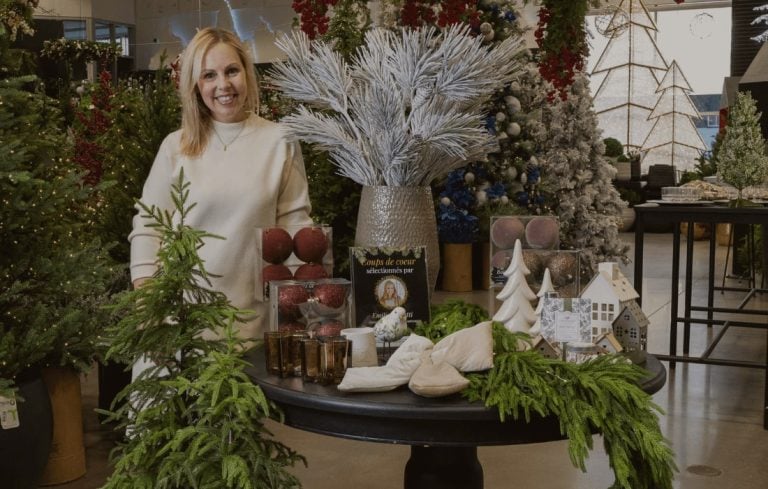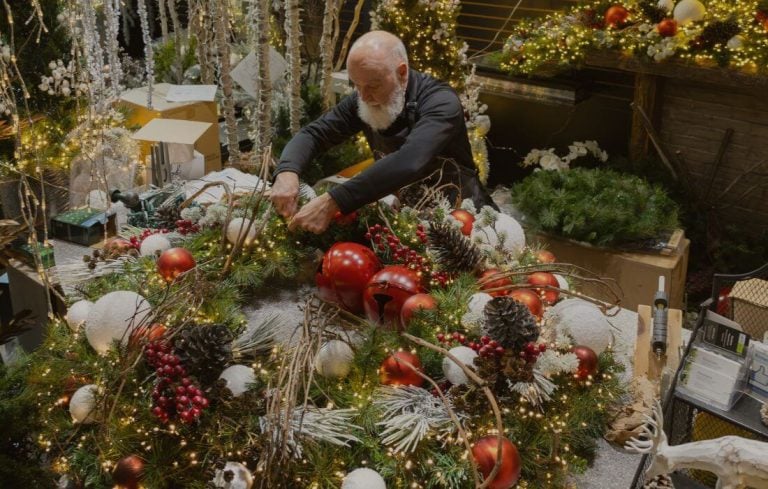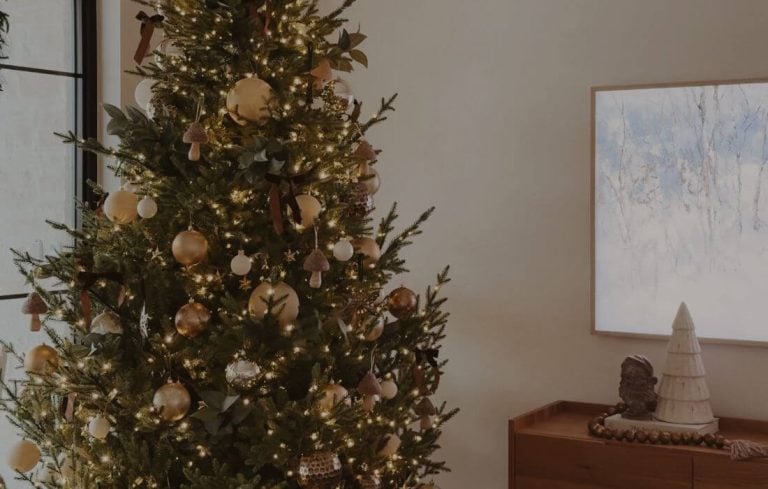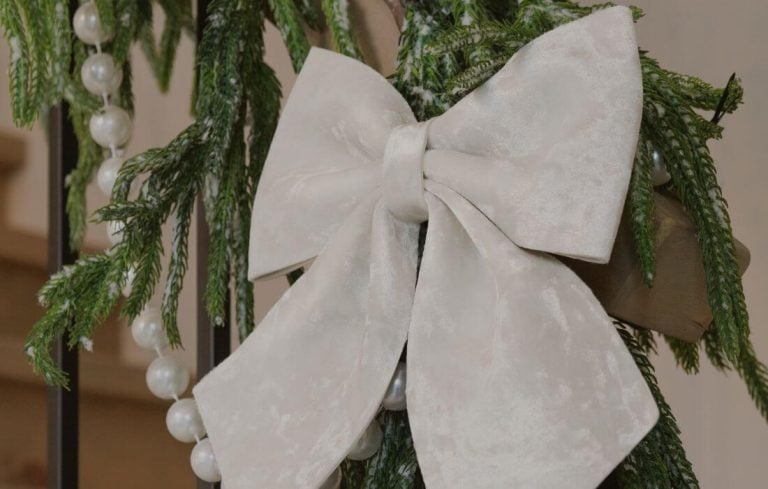Faux plants are a smart way to bring greenery into your home, without the mess, maintenance, or sunlight. But for your artificial plant to look truly realistic, it needs to be potted properly. In this guide, you’ll learn exactly how to pot a faux plant, what materials you need, and tips to make it look natural and stylish.
Summary:
- Choose a decorative planter 2–4 inches wider than the base.
- Place filler (paper, foam, or bags) inside to anchor the plant.
- Insert the faux plant and adjust the height.
- Cover the top with moss, rocks, or bark for a natural look.
- Fluff the stems and leaves into a natural shape.
What You’ll Need to Pot a Faux Plant
| Item | Purpose |
|---|---|
| Faux plant | The main decor item |
| Decorative pot | For style and stability |
| Filler (newspaper, foam, plastic bags) | To hold the plant in place |
| Top dressing (moss, pebbles, bark) | To make it look realistic |
| Optional: urethane, floral moss or tape | For extra support |
Step-by-Step: How to Pot a Faux Plant
1- Choose a Decorative Pot
Pick a pot or planter that suits your interior style (ceramic, cement, woven, etc.). It should be:
– Wide enough to fit the plant base
– Deep enough to hide any filler
– Stable enough if the plant is tall
2- Add Filler to the Bottom
Use inexpensive materials to fill the pot and support the plant:
– Crumpled newspaper or packing paper
– Foam blocks or floral foam
– Plastic shopping bags
Adjust the filler height so that the top of the plant base sits slightly below the rim of the pot.
3- Insert the Faux Plant
Place your plant into the filler. Press it down so it stands securely. If the plant feels wobbly:
– Add more filler around the base
– Use hot glue or floral tape to stabilize it
– Use urethane for windy locations
4- Add Top Dressing
This is what hides the filler and gives the illusion of real soil. Use:
– Preserved moss
– Decorative pebbles or rocks
– Mulch or wood chips
-Faux soil or a small amount of real potting mix
Choose a material that matches the plant’s natural environment. For example, use white rocks for tropicals and bark for trees. They are sold in florist stores.
5- Fluff and Style the Leaves
Faux plants often come compressed for easy delivery. Gently bend and spread the stems and leaves to:
– Add volume
– Create an organic shape
– Imitate how real plants grow (asymmetrically)
Before potting
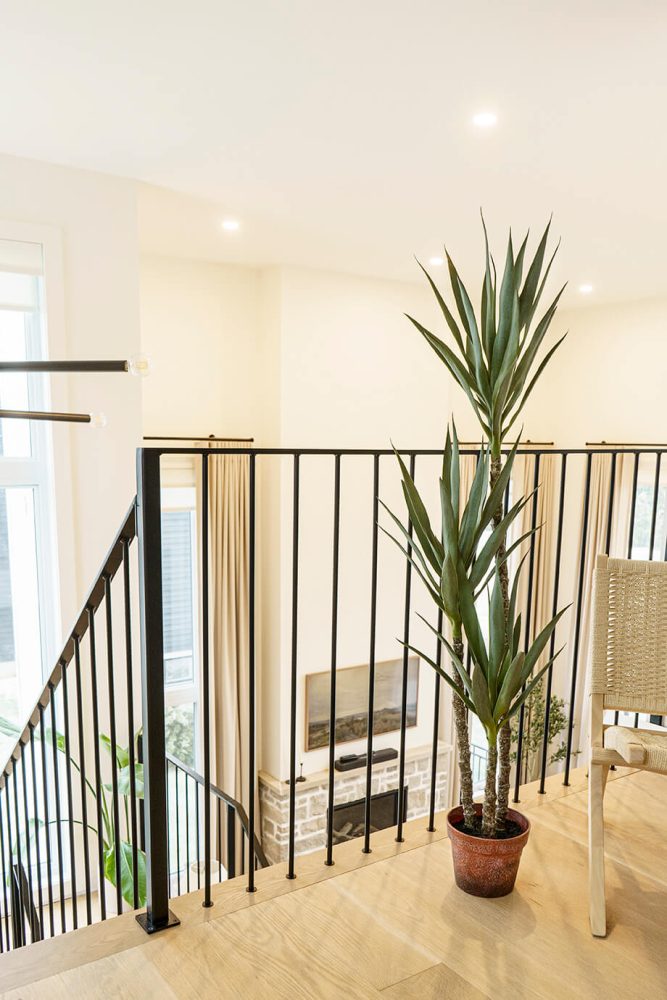
After potting

FAQs About Potting Faux Plants
What is the best filler for faux plants?
You can use crumpled paper, plastic bags, old towels, or foam. For tabletop plants, floral foam works best.
What can I use to cover the base of a fake plant?
Top the base with moss, pebbles, bark, or even real soil (dry). This hides the filler and adds realism.
How do I make a fake plant look real?
Use a stylish pot, hide the base with natural materials, and shape the leaves to create movement and fullness.
Should I glue my faux plant in the pot?
If the plant wobbles or you’re using it in a high-traffic area, you add urethane or use floral tape.
Bonus Tip
Use larger pots and heavier fillers like rocks for drafty entryways.
Artificial plants are perfect for basements, offices, and bathrooms where sunlight is limited. Potting a faux plant is quick, affordable, and gives your artificial greenery a realistic, high-end finish. Whether you’re decorating a condo in Montreal or refreshing a cozy corner in Calgary, this method works every time.

